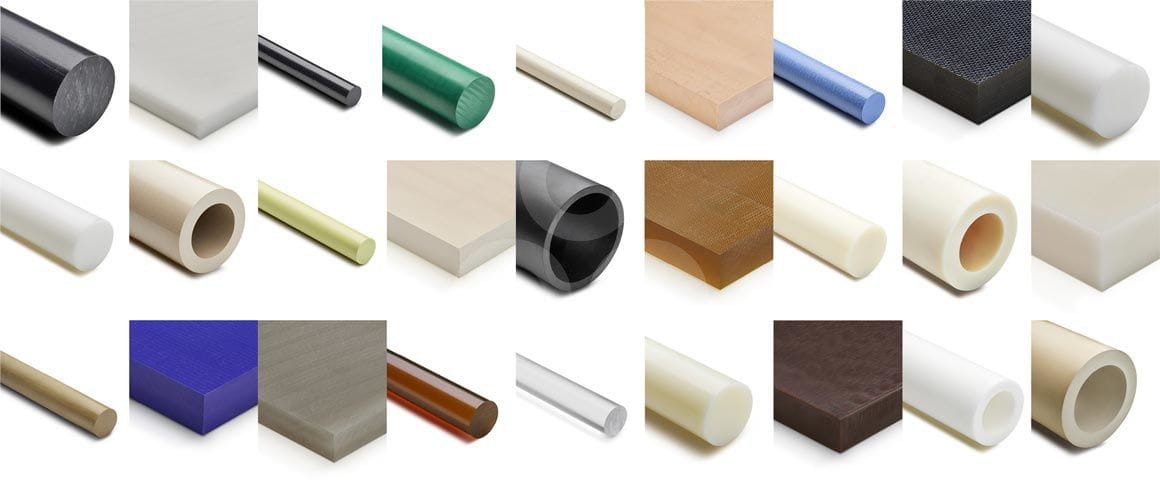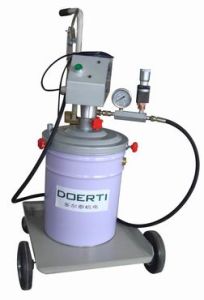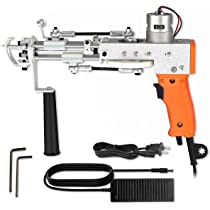Engineering plastics are materials used in a wide range of applications, from automotive to medical. As the name suggests, engineering plastics are designed specifically for use in engineering and manufacturing processes. It is important to understand what engineering plastic is and how it can be used. In this article, we will discuss what an example of engineering plastic is and how it differs from other types of plastics.
What are engineering plastics?
One example of an engineering plastic is polycarbonate. This type of plastic is known for its high impact resistance, transparency, and heat resistance. It is often used in applications where durability and strength are necessary, such as automotive parts, electronic components, and medical devices.

Another example of an engineering plastic is acetal or polyoxymethylene (POM). This material has excellent mechanical properties, low friction coefficient, and good dimensional stability. It is commonly used in gears, bearings, and other precision components that require high stiffness and wear resistance.
Overall, engineering plastics offer a range of benefits over traditional materials such as metal or glass. They can be tailored to specific performance requirements through additives and processing techniques. As technology advances in the field of plastics manufacturing, we can expect to see even more innovative applications for these versatile materials.
Types of Engineering Plastics
Engineering plastics are a type of plastic material with higher durability, heat resistance, and mechanical strength than traditional plastics. These materials are used in a wide range of applications across different industries such as automotive, electronics, construction, and more.
One example of engineering plastic is polycarbonate (PC), which has excellent impact resistance and is often used for safety glasses, car headlights, and electronic components. Another type of engineering plastic is polyamide (PA), also known as nylon, which has exceptional toughness and high tensile strength. PA is commonly used in gears, bearings, and other industrial parts that require wear resistance.
Other types of engineering plastics include acetal (POM), which has low friction properties and high dimensional stability; polyphenylene oxide (PPO), which has superior electrical insulation properties; and polyetherimide (PEI), which exhibits excellent creep resistance at elevated temperatures. Overall, the unique characteristics of each type of engineering plastic make them suitable for specific applications where traditional plastics may fail to perform adequately.
Characteristics of Engineering Plastics

One example of an engineering plastic is polyamide, also known as nylon. Engineering plastics possess unique characteristics that make them ideal for use in various industrial applications. One such characteristic is their high strength and durability, which makes them suitable for use in products that require resistance to wear and tear.
Engineering plastics are also known for their excellent chemical resistance properties, making them capable of withstanding the effects of exposure to corrosive chemicals. They are also resistant to impact and shock, making them useful in the production of components that need to withstand tough environments.
Another beneficial feature of engineering plastics is their ability to withstand high temperatures without losing their structural integrity or mechanical properties. This quality makes them particularly useful in applications where heat resistance is a crucial factor. Overall, engineering plastics offer a range of desirable features that make them well-suited for use in numerous industrial applications.
Benefits of Using Engineering Plastics
One of the most popular engineering plastics is polyamide, also known as nylon. It has a wide range of applications due to its excellent mechanical strength, resistance to wear and tear, and low coefficient of friction. Nylon can be used in gears, bearings, valves, and other parts that require high durability.
Using engineering plastics in manufacturing offers several benefits. First and foremost is their ability to replace traditional materials such as metals or ceramics while maintaining or even improving their performance. This not only reduces costs but also provides greater design flexibility since plastics can be molded into complex shapes with ease.
Engineering plastics also offer superior chemical resistance compared to many other materials. They can withstand exposure to a variety of substances without degrading or corroding over time. This makes them ideal for use in harsh environments where corrosion or chemical attack would otherwise compromise the function of the component. Overall, using engineering plastics provides an array of benefits for manufacturers looking for high-performance solutions that are cost-effective and versatile in application.
Examples of Engineering Plastics
One of the most common examples of engineering plastic is Polycarbonate (PC). This thermoplastic material is known for its excellent impact resistance, making it an ideal choice for applications that require high durability and toughness. PC plastics are commonly used in automotive parts, medical devices, electronic components, and construction materials.
Another example of engineering plastic is Acrylonitrile Butadiene Styrene (ABS) – a thermoplastic polymer that offers high strength and rigidity. ABS is commonly used in the production of toys, luggage, automotive parts, and household appliances due to its good mechanical properties and ease of processing.
Polyamide or Nylon is another popular engineering plastic with high strength-to-weight ratio. It has excellent chemical resistance and thermal stability which makes it suitable for use in various industries such as aerospace, automotive, electrical & electronics, consumer goods amongst others. Additionally Polyphenylene oxide (PPO), PEEK (Polyether ether ketone) are some other examples of engineering plastics that offer unique mechanical properties to suit specific applications.
In conclusion, engineering plastics are a diverse group of materials with unique properties that make them suitable for a range of applications. One example of an engineering plastic is polycarbonate, which is known for its high impact resistance and transparency. It is commonly used in the automotive industry for headlights and interior components, as well as in electronic devices due to its electrical insulation properties.
Another example of an engineering plastic is polyamide (nylon), which has excellent mechanical strength and abrasion resistance. It is often used in gears, bearings, and other mechanical components. Additionally, polyphenylene oxide (PPO) is an engineering plastic known for its ability to withstand high temperatures while maintaining dimensional stability. It can be found in electrical equipment and automotive parts.
Engineering plastics provide a wide range of options for manufacturers seeking materials with specific properties to meet their needs. From polycarbonate to nylon to PPO, there are many options available depending on the desired application requirements.





